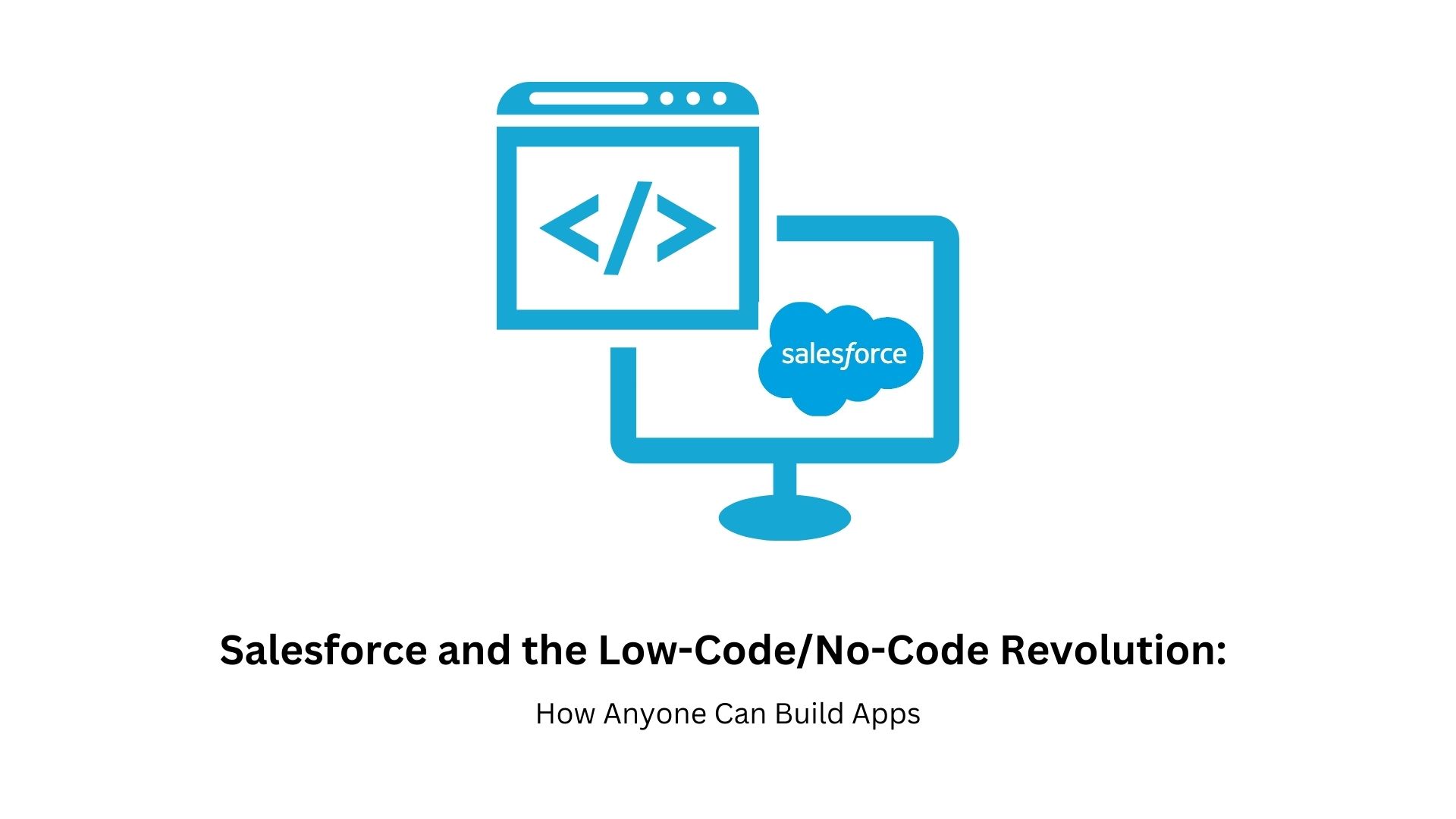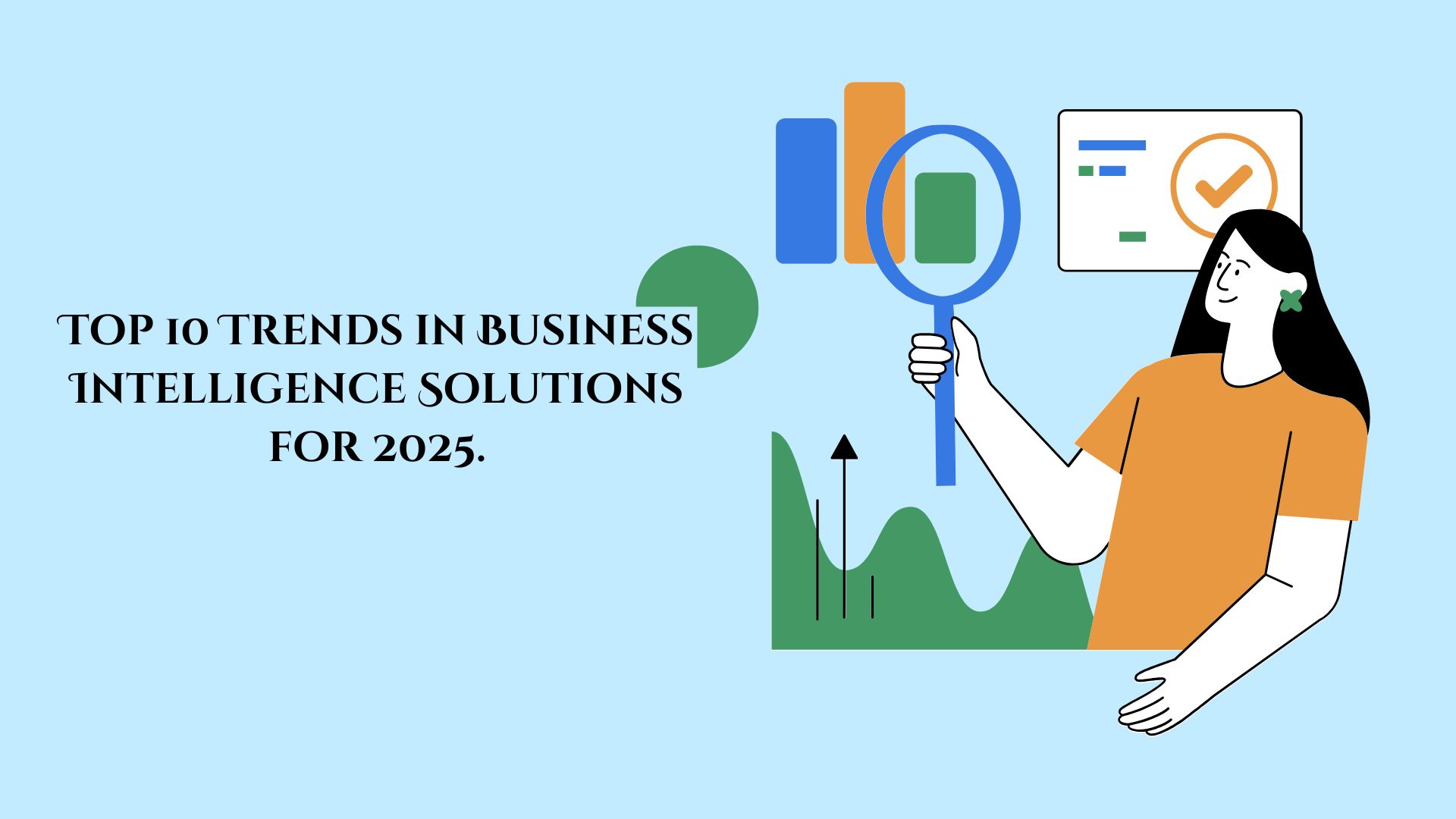Imagine being able to build powerful business applications without writing lines of complex code or waiting months for development. In a world where agility is key, businesses can’t afford slow, expensive, and resource-heavy app development.
This is where the Low-Code/No-Code (LCNC) revolution, led by platforms like Salesforce, is transforming the game. By simplifying the development process, LCNC empowers companies to create and customize apps quickly—often with minimal technical expertise. In this blog, we’ll dive into how Salesforce is driving this transformation, explore its benefits, real-world industry applications, and what the future holds for this groundbreaking approach.
What is Low-Code/No-Code App Development?
Low-Code/No-Code (LCNC) platforms allow users to create applications with minimal or no programming knowledge.
Low-Code:
Platforms provide a visual development environment with pre-built templates, drag-and-drop functionality, and scripting capabilities. Some coding is required for advanced functionalities.
No-Code:
Platforms are entirely visual, enabling users to build applications without any coding by using a simple drag-and-drop interface and pre-configured workflows.
How Does Salesforce Support Low-Code/No-Code Development?
Salesforce has been at the forefront of the LCNC movement, providing robust tools to help businesses develop applications faster and more efficiently. Here’s how Salesforce facilitates LCNC development:
- Salesforce App Builder: A drag-and-drop tool that allows users to create custom applications quickly. Pre-built components for UI, data, and logic. Enables mobile and web app creation without extensive coding knowledge.
- Salesforce Flow: A no-code automation tool that streamlines workflows. Helps businesses automate repetitive tasks and optimize processes. Enhances productivity by reducing manual efforts.
- Lightning Components and Experience: Provides reusable UI components. Allows developers and business users to create dynamic and engaging applications.
- Salesforce Einstein AI Integration: No-code AI capabilities to build intelligent applications. Automates insights, customer interactions, and predictive analytics.
- Heroku for Low-Code Development: Enables developers to deploy and manage applications with minimal coding. Supports multiple programming languages but offers simple integrations for business users.
Benefits of Low-Code/No-Code for Businesses
- Accelerated App Development: Reduces development time from months to weeks or days. Faster iterations and deployment cycles.
- Cost Savings: Lowers expenses by minimizing reliance on expensive developers. Reduces IT overhead and maintenance costs.
- Empowerment of Citizen Developers: Business users with no technical background can build and modify apps. Reduces dependency on IT teams for minor modifications.
- Scalability and Flexibility: Easily scales with business growth and changing requirements. Customization without extensive recoding.
- Seamless Integration with Other Systems: Connects with third-party applications, CRMs, ERPs, and other business tools. Improves overall operational efficiency.
Use Cases Across Industries
1. Healthcare
- Patient management apps for appointment scheduling.
- Telemedicine and virtual consultation platforms.
- Automated workflows for medical billing.
2. Finance & Banking
- Customer self-service portals for account management.
- Automated loan processing and approval workflows.
- Fraud detection and risk assessment applications.
3. Retail & E-commerce
- Personalized shopping experiences powered by AI.
- Inventory management and supply chain automation.
- Customer support chatbots and service portals.
4. Manufacturing
- IoT-enabled dashboards for real-time monitoring.
- Supply chain management applications.
- Automated reporting and compliance tracking.
5. Education & E-learning
- Student portals for registration, grading, and attendance tracking.
- Learning management systems (LMS) for online courses.
- AI-driven personalized learning experiences.
The Future of Low-Code/No-Code and Salesforce
The LCNC revolution is expected to grow exponentially in the coming years. Here’s what the future holds:
- AI-Driven App Development: More intelligent, automated app-building processes with AI recommendations and automation.
- Increased Business Adoption: More enterprises will adopt LCNC platforms to bridge the IT skills gap.
- Advanced Integrations: Seamless connectivity with blockchain, IoT, and big data solutions.
- Citizen Developer Movement: Employees at all levels will contribute to digital transformation.
- Salesforce Evolution: Salesforce will continue enhancing its LCNC offerings, making app development even more intuitive and scalable.
Conclusion
The Salesforce Low-Code/No-Code revolution is democratizing app development, allowing businesses of all sizes to build and deploy applications with ease. By reducing reliance on traditional coding, LCNC platforms help organizations save time, cut costs, and empower employees to drive innovation. As technology advances, Salesforce will play a crucial role in shaping the future of app development, making it more accessible and efficient than ever before. Now is the time for businesses to embrace the power of LCNC and stay ahead in the digital transformation era.


